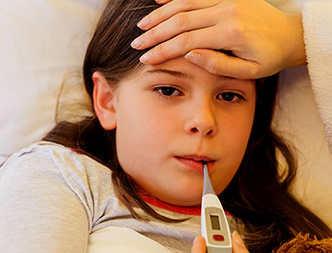
A fever is when your body temperature is higher than your normal average temp. Most providers say a fever is either 100.0 F (37.8 C) or 100.4 F (38 C). When you have a fever, it’s your body’s normal response to fighting an infection or illness.
A fever is when your body temperature rises higher than normal. A fever itself isn’t an illness. Rather, it’s a symptom of a wide range of health conditions. When your body temperature rises a few degrees above normal, it can be a sign that your immune system has been activated, often to fight an infection. It can also be a side effect of some medications and vaccinations.


With the arrival of the monsoon season, the risk of various illnesses, including monsoon fever and dengue, increases significantly. It’s essential to Understand the difference between these two conditions to ensure timely and appropriate treatment. Here’s a comprehensive guide to the essential signs and symptoms of monsoon fever and dengue.
Monsoon Fever
Monsoon fever is a type of fever caused by pathogens like bacteria and viruses. The sudden shift in weather from scorching heat to cooler temperatures can hamper your overall health. Monsoon brings the risk of developing health problems like indigestion, fever, rashes, eczema flare-ups, loose stool, vomiting, and body pain. Factors like infections, allergies, poor sanitation, and weather changes can cause monsoon fever. The risk of developing Infections like viral infection, bacterial infection, and mosquito-borne diseases increases during monsoon season. Health concerns like flu and the common cold can easily transmitted due to cold weather and overcrowded places. Cold and damp weather creates a perfect atmosphere for bacteria to breed resulting in typhoid and leptospirosis.
One might experience symptoms like fever with persistent high temperature, chills, feeling extremely tired, constant headache, sore throat, vomiting, nausea, diarrhea, runny nose, and extreme body, especially in muscles and joints.